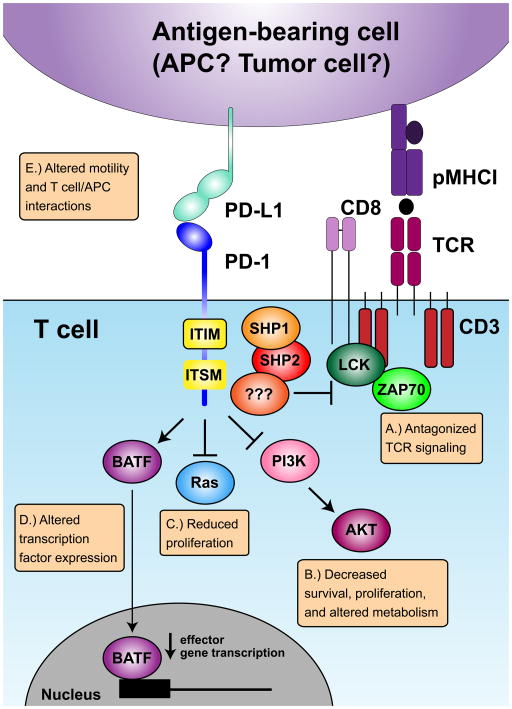Figure I. Mechanisms of PD-1-mediated inhibition in T cells.
Five main mechanisms have been proposed for how PD-1 modulates T cell functions. PD-1 can: (A) directly antagonize T cell receptor (TCR) signaling by recruiting phosphatases to tyrosine-containing motifs in the PD-1 tail [108], which can prevent LCK-mediated phosphorylation of ZAP70 [110], (B) inhibit CD28-induced activation of PI3K, leading to reduced AKT and mTOR activation [111], (C) inhibit the Ras pathway [112], (D) induce increased expression of transcription factors including BATF, which can directly suppress transcription of various effector genes [113], and (E) impact T cell motility and the stability/duration of T cell/APC interactions [114–116].

